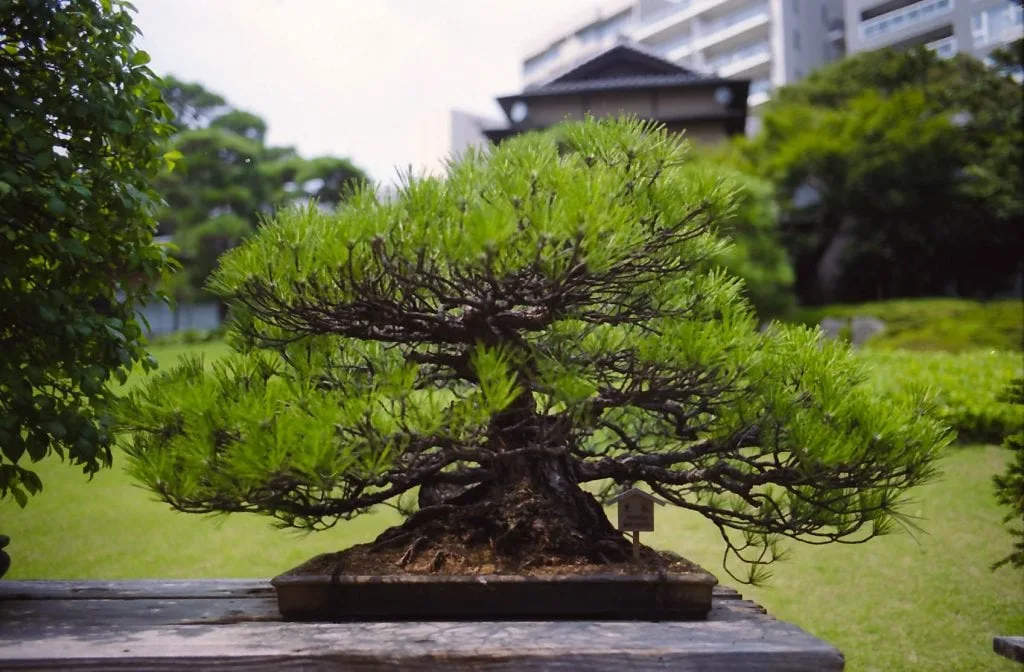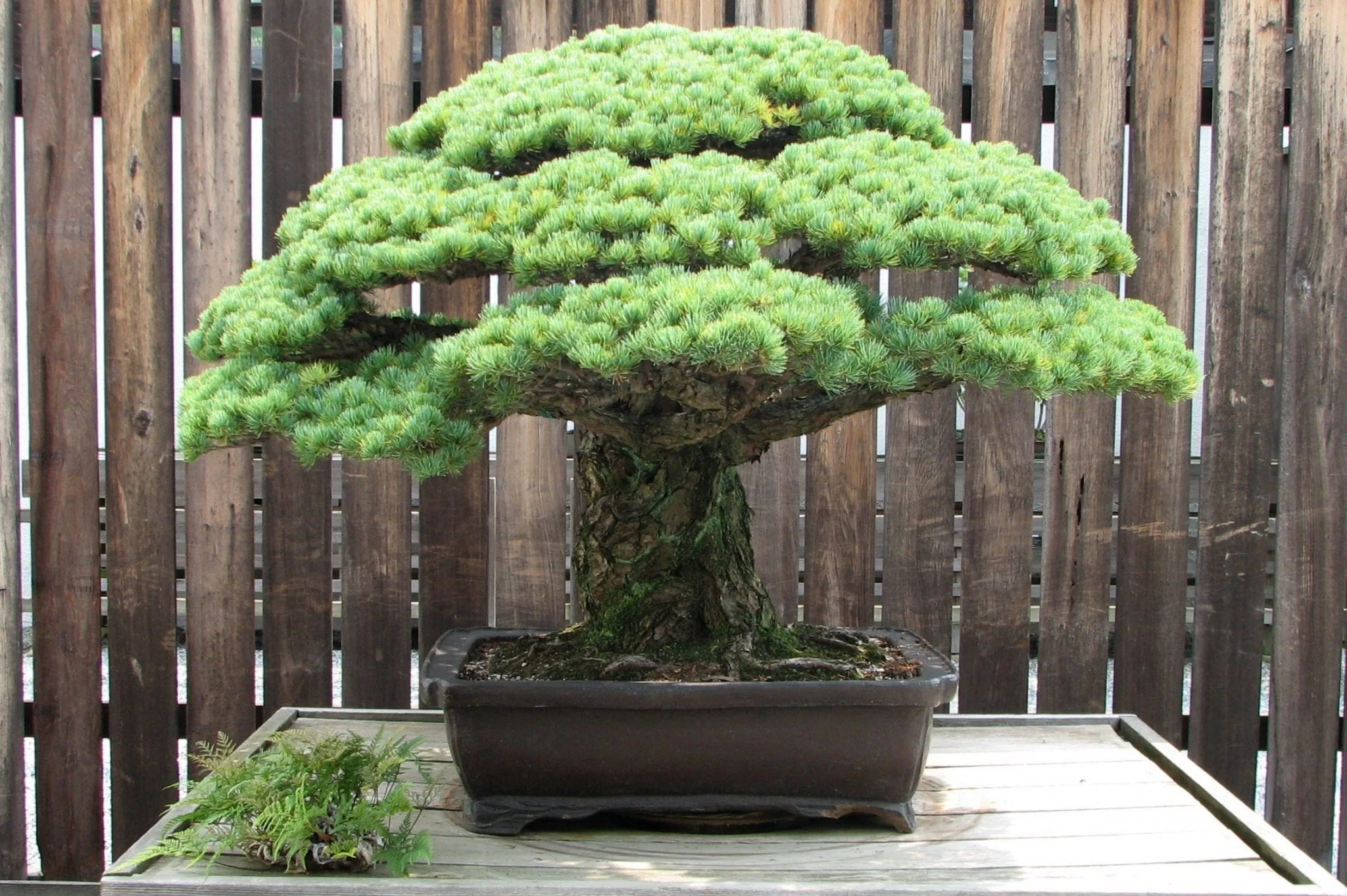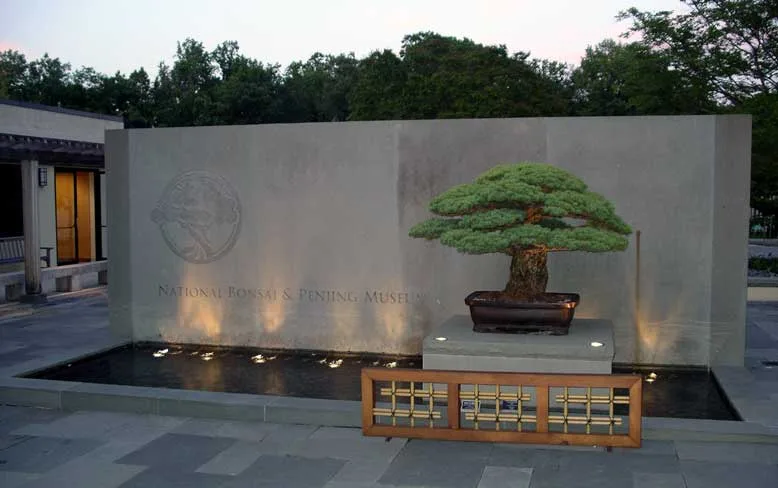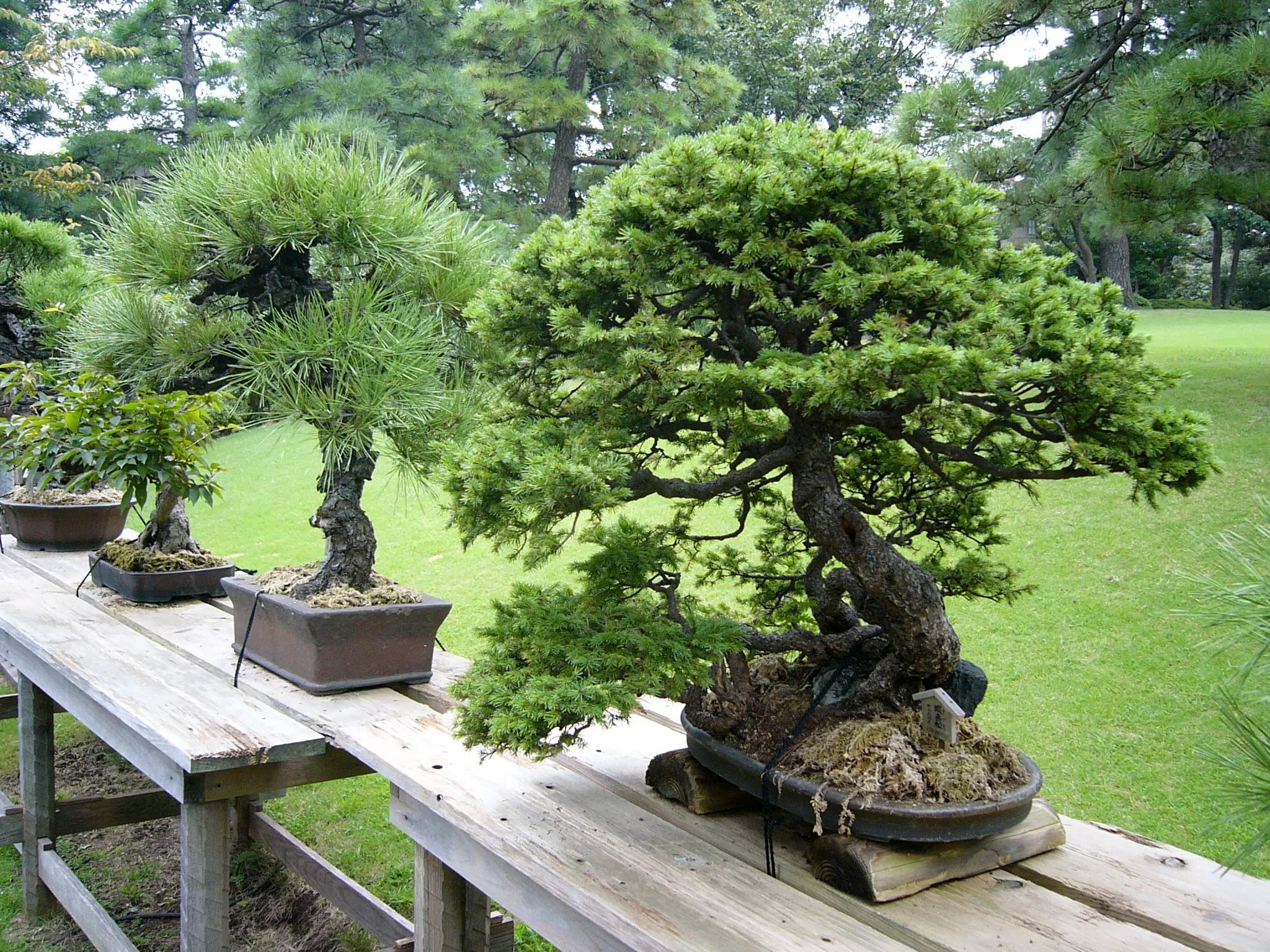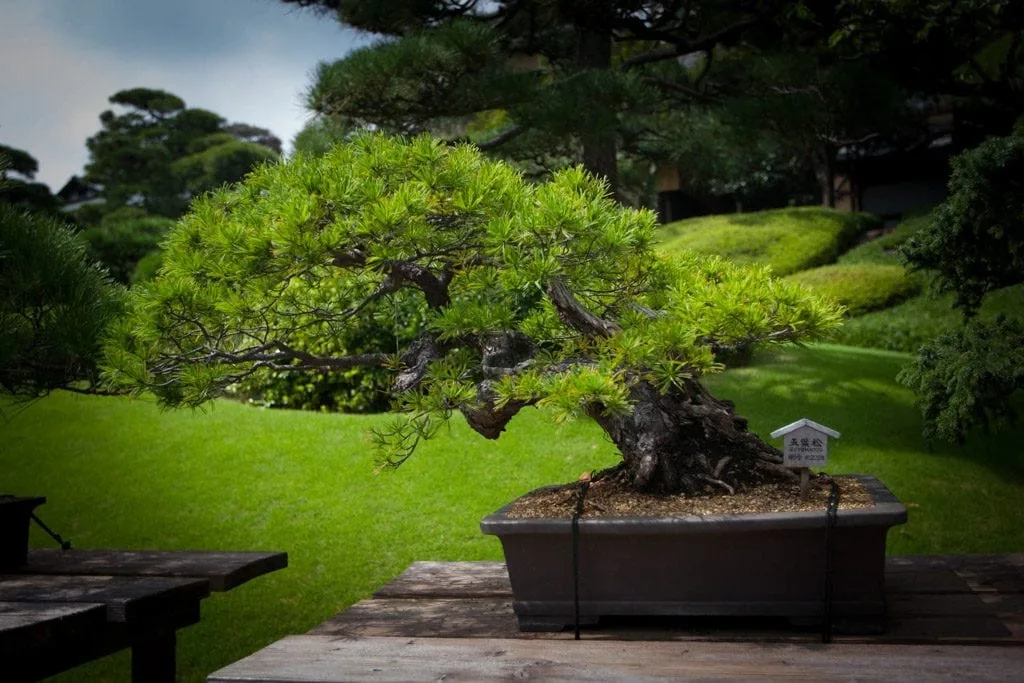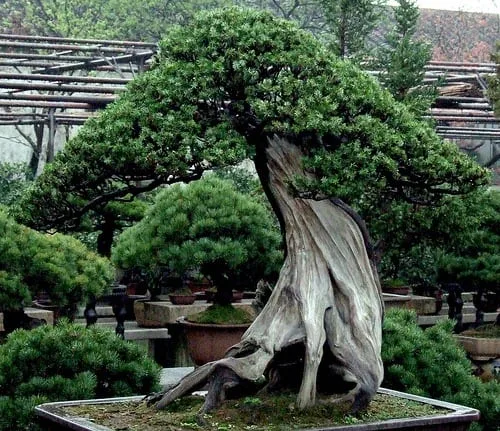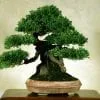Introduction
The practice of growing and cultivating bonsai originated in China despite being associated with the Japanese. It started in China in 700 A.D. and by 1333 A.D. was introduced to Japan. The Japanese did not just adopt the practice and art of bonsai but refined these techniques hence the birth of a meticulous and obsessive art form.
To become a bonsai master, you need to have years upon years of constant practice in growing a variety of bonsai. You must possess not just the skills to create bonsai trees but also the heart and the patience to perfect your art. And of course, just shaping a tree to become a bonsai takes years of training.
It takes years of careful training to master the art of bonsai. Bonsai trees may take years to form and train and in most cases, the tree’s growth is even deliberately stunted to achieve a specific design or shape. Bonsai trees are extremely delicate especially older bonsai specimens. Even the slightest amount of neglect will ruin or kill a bonsai. Older bonsai specimens, on the other hand, are very rare and are priceless. Most are cherished heirlooms and are found in museums, gardens, and palaces.
The oldest bonsai trees in the world
The oldest bonsai specimens in the world are believed to be at least 800 years old and this is just an estimate. This is because dating a fragile, old bonsai tree specimen can damage it. The age of most old bonsai trees is usually just estimated and based on whatever records are available, the kind of tree, and the style of clipping. It is also impossible to date some of the oldest bonsai tree specimens in the world because some of these are found in private Japanese collections and abroad.
The following are five of the oldest and still living bonsai trees in the world.
1) The Chabo Hiba Cypresses at 200 Years Old
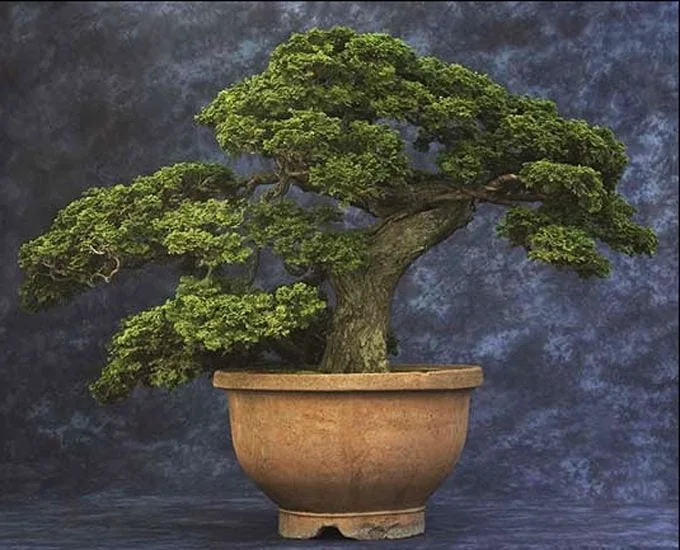
The Chabo Hiba Cypresses is believed to be at least 200 years old and this is found at New England’s Arnold Arboretum of Harvard University. The tree species that was used to make this bonsai is even practically extinct. This is also called hinoki cypresses and known as the oldest bonsai in the world.
Many chabo hiba specimens can be one or two shapes: the “Nakasu” style which mimics Mount Fuji in its conical form and the “Jikka” form which is meant to represent a lakeside tree with branches overhanging the water. The bonsai specimens found at the Arnold Arboretum are part of the Larz Anderson Collection. During the Taft administration, Larz Anderson was an ambassador to Japan. Because of his position, he has managed to collect rare and priceless bonsai trees. Larz’ widow donated to the Arnold Arboretum following Anderson’s death.
The experts at the Arboretum were able to give the trees excellent care but little aesthetic attention until Connie Derderian was appointed as Honorary Curator. Derderian worked hard to restore the centuries-old bonsai trees. Aside from taking care of the Larz collection, she also managed to train the current curator, Dr. Peter Del Tredici, Chief Research Scientist of the Arboretum, on how to care for the priceless collection.
The seven specimens that Larz collected were believed to be between 150 and 275 years old. The surviving specimens consisted of Hinoki Cypress (Chamaecyparis obtuse), a tree variety that is now rare and almost unknown in current bonsai culture. Aside from the Cypresses, the set also as several Acer palmatum and a Pinus parviflora in the collection.
At present, the Larz bonsai collection is still displayed at the Arboretum and is lovingly cared for by its expert curator and staff. According to a published work from the Colin Lewis Bonsai Art The Larz Anderson Collection, the most that staff did was to re-pot, change the soil recipe and improve the feeding regimen. The staff also made sure that the trees have gained their vigor before these were subjected to training
2) The Red Pine Bonsai in Akao Herb & Rose Garden
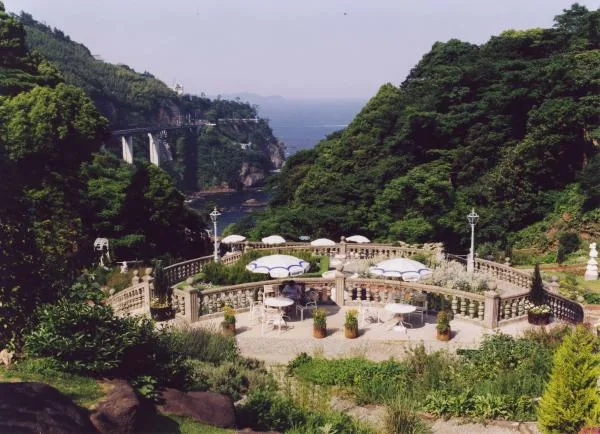
The Akao Herb & Rose Garden is a 163-acre wide natural garden that spans the Spaguara Port to Mt. Soga. This garden is found 230 meters above sea level and is home to exotic plants, roses, and bonsai trees. It has the oldest but one of the largest bonsai specimens in the world which is more than 600 years old.
The red pine bonsai in the Akao herb & Rose Garden stands over sixteen feet tall and sprawls over thirty feet wide. And just like any bonsai tree, this giant bonsai lives in a pot which is no ordinary planter. It is a massive planter bed installation that sits near the back raked zen landscape. This tree is spectacular with five green plumes sprouting from the base instead of one massive spray, and a support structure had to be placed on one of the plumes to keep it intact.
The red pine bonsai in this very popular garden a primary attraction but there are more notable installations here as well. For instance, there are 10 types of gardens that are lined with herbs and roses. The Italian garden is one of the most popular with beautiful fountains and trimmed landscapes and herb gardens, the British Rose Garden, the Tenshou Japanese-style garden and other famed garden installations. The Tenshou Japanese-Style garden is where you will find the largest bonsai in the world called ‘’The Pine of the Phoenix.’’
‘’The Pine of the Phoenix’’ is a majestic living proof that bonsai can last for a very long time when it is cared for and given the best growing environment. At present, this gigantic bonsai is in perfect health with several plumes of leaves growing in different directions. Large canopies of leaves grow vertically with a single crown on top. A few branches have grown into a cascading fashion but likely due to the heavy weight of the branches and leaves. The tree has grown into a size that is now impossible to move or re-pot. It now basks under direct sunlight but nevertheless, it remains healthy and strong.
3) The Yamaki Pine at the National Arboretum

The Yamaki Pine at the National Arboretum 
The Yamaki Pine at the National Arboretum 
The Yamaki Pine at the National Arboretum
The National Arboretum in the United States is the home of the Yamaki Pine, a specimen that is at least 375 years old. This bonsai tree has survived a number of natural disasters and even the Hiroshima bombing in World War II.
The white pine was donated to the Arboretum by the Yamaki family as part of Japan’s Bicentennial gift. This miraculous bonsai tree was only two miles from the detonation of “Little Boy“, the bomb dropped on Hiroshima but amazingly it was completely unharmed by the explosion. The variety of pine used is incredibly rare and prized for bonsai training because of its strength and resilience.
It has already been 28 years and the Yamaki Pine is still standing tall and healthy at the National Bonsai and Penjing Museum at the United States National Arboretum in Washington D.C. The white pine is now found at the entrance to the museum’s Japanese Pavilion. It was one of the guests of honor during the 70th anniversary of the bombing of Hiroshima celebrated in the museum in 2016.
The Yamaki Pine is a lovely tree with one single trunk. This single trunk branches out to form plumes of bright green leaves. This pine looks fantastic all year round, especially during the wintertime. This grows in a large ceramic pot with a natural tone that complements its lush, green plumes of leaves.
4) The Happo-en Specimen

The Happo-en Specimen 
The Happo-en Specimen 
The Happo-en Specimen 
The Happo-en Garden Collection
Happo-en means “a garden which is beautiful from all angles’’. This is a garden and a tea house in Tokyo, Japan. Happo-en has a variety of bonsai specimens even trees that are well over 200 years old. It is said that the oldest bonsai in this collection may have been around for as many as eight centuries.
The garden itself is said to be one of the oldest gardens in the city and dates back to the early Edo Period. Bonsais can be found in almost every area of the garden. The Bonsai Road in this garden is a wonderful experience. Among the most notable old bonsai in this garden are the Yezo spruce and the Chinese juniper which are believed to be about 500 years old. These lovely specimens have greeted guests for many years.
A similar Chinese juniper bonsai tree still thrives in the Mansei-en bonsai nursery in Omiya Bonsai Village. This tree is believed to be about 1,000 years old. The nursery where this massive bonsai sits is owned by the Kato Family.
This Chinese juniper bonsai tree was said to be collected from the wilds of Japan. The tree is very healthy with its massive trunk and branches lying low because of their weight. This bonsai has amazing plumes of leaves that remain perfect-looking despite being grown under direct sunlight. Extra care is surely exercised when taking care of these trees. Another bonsai tree also lives in the Mansei-en and this is the 700-year old Shimpaku juniper which is also in perfect health and still growing till this day.
5) Sandai Shogun no Matsu Bonsai

The Sandai Shogun no Matsu, which means “third generation Tokugawa’s pine“, is a specimen that has been passed down through the line of Japanese emperors for 500 years. The Sandai has been lovingly tended to by many emperors, but it derives its name from Tokugawa Iemitsu.
Iemitsu obtained the tree when it was already at least 200 years old. He was obsessed with taking care of this tree that he neglected his duties as shogunate.
The Sandai Shogun no Matsu remains a part of the Tokyo Imperial Palace collection today, but sadly, it is not in its full glory. During World War II, the national bonsai collection was neglected. It is believed that it will take more years to fix the damage created by neglect. It is currently displayed at the Tokyo Imperial Palace as a prized collection.
The Sandai- Shogun-No Matsu is considered one of the National Treasures of Japan. It is a five-needle pine and has been planted in the year 1610. The earliest known report of the existence of this bonsai tree was made in 1692 by George Meister.
Today, the Sandai- Shogun-No Masa stands as one of the most beautiful and oldest bonsai species in the world. It receives the royal treatment when it is watered, fertilized and pruned by Imperial House staff. And because of great care, there is no doubt that this bonsai will last for more than 500 years.
Conclusion
Bonsai growing is one of the most celebrated art forms in Japan and with the understanding of this art comes the knowledge of caring and cultivating bonsai. The process of caring and perfecting bonsai can take years, even decades and centuries to perfect which is why at most, a perfect bonsai plant can be decades old.
It’s important to understand the time constraints of caring for a particular bonsai plant. Aside from this, the right feeding, watering, and styling come next. The five popular oldest bonsai trees have achieved greatness and fame because of true dedication by owners, trained staff, and curators. You can also make your own bonsai trees that will last for a long time when you care for it and give it plenty of room or space to grow healthy and strong.
These five oldest bonsai trees are exceptionally healthy till this day. And with good training and the best skills and a good understanding of the things that your tree needs, it won’t be long
